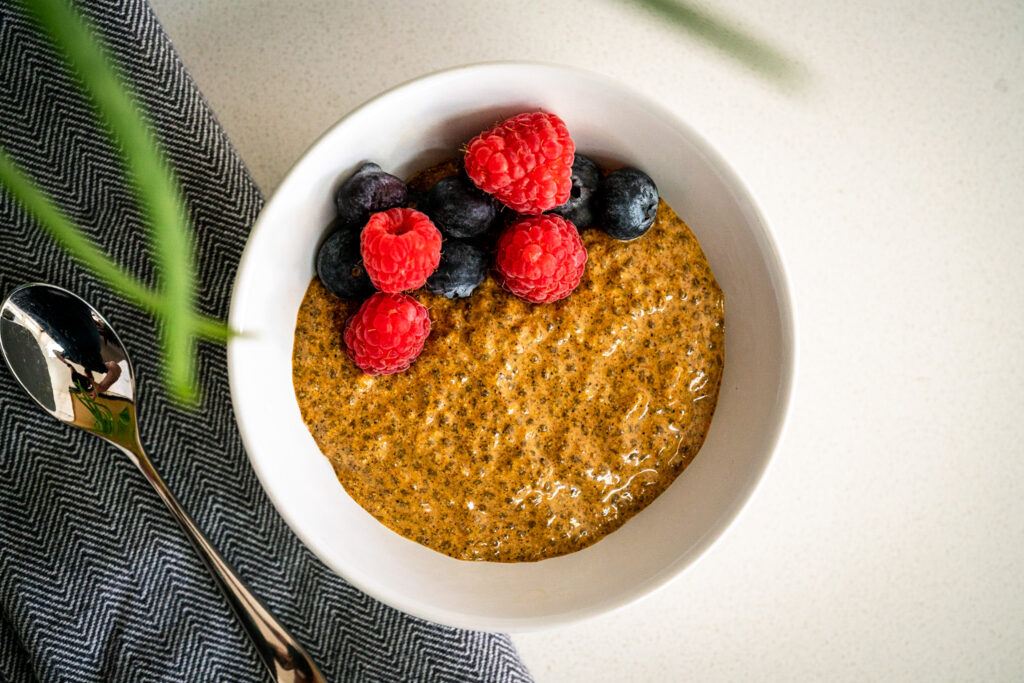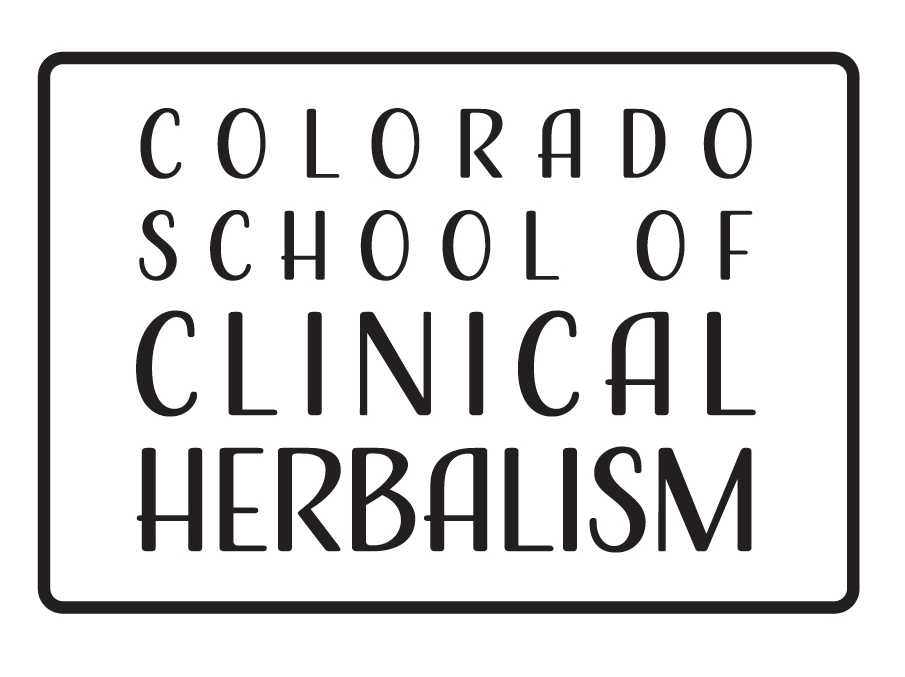
Author: Jamie Glaze
The mind-gut connection is mediated by numerous nerves, including the Vagus nerve. The Vagus nerve’s name stems from its function and anatomical position; this “wanderer” weaves its way throughout the body and taps into the intestines creating a direct connection to the brain. Ninety percent of the signals traveling through the Vagus nerve originate from the gut and travel up to the brain. The gut even has its own nervous system, the Enteric Nervous System, or ENS, which is often referred to as the “second brain.” Hormones produced by the brain also impact gut functions and sensations such as fullness, nausea, discomfort, or feelings of well-being. This two-way communication system demonstrates the impact and importance that what we eat can have, not only on our guts, but also on our brains and whole-body experience of health.
In order to nourish the nervous system and the complex array of microbes, immune cells, endocrine cells, and signaling molecules that inhabit the gut, one of the first things we should consider is prebiotics. Prebiotics are molecules such as indigestible types of carbohydrates, starches, fibers, and sugars that pass through the stomach and small intestine undigested by humans, thus providing food for the trillions of microbes that take up residence in our digestive tract. By improving the metabolic activity of our microbes, prebiotics subsequently enhance our digestion, nutrient absorption, our immune system, and prevent unwanted, pathogenic microbes from taking up residence in our guts. Our microbes also help in the formation of neurotransmitters such as serotonin. Serotonin, which is the signaling molecule targeted by many antidepressant medications (SSRIs, or Selective Serotonin Reuptake Inhibitors), not only plays a crucial role in mood, but also helps with peristalsis, or the movement of food through our digestive tract, and with sleep, appetite, pain sensitivity, and overall well-being. By feeding our gut microbes the raw materials they need, we improve our chances of them supporting us through the manufacture of metabolites needed for the formation of serotonin and other neurotransmitters and substances we need to feel our best.
A great food source of prebiotics are chia seeds! Prebiotics are also found in many other plant sources including dandelion greens, flaxseeds, almonds, oats, chicory root, artichokes, garlic, and onions. Chia, or Salvia hispanica, in addition to being a great source of prebiotics, is also high in protein, fiber, and healthy fats including Omega-3 fatty acids.
Here’s a simple recipe that can help you boost your prebiotic consumption while also providing a great source of anti-inflammatory, digestion supporting herbs and spices. This pudding is great for breakfast, snacks, or desert and can be modified in endless ways! Cheers to you and your microbes!
Omega 3 Boosting Prebiotic Anti-Inflammatory Chia Pudding
~~~~~Chai Latte Variation~~~~~
Ingredients:
- ¼ cup chia seeds
- 2 cups nut milk*
- 1 TB maple syrup (more or less to taste)**
- 2 tsp roasted chicory root powder (optional to provide a more bitter coffee flavor with additional inulin)
- 1 tsp turmeric powder
- 1 tsp ground cinnamon
- ¼ tsp ground black pepper
- ¾ tsp ground ginger
- ¼ tsp ground allspice
- ¼ tsp ground cloves
- ¼ tsp ground cardamom
- ¼ tsp ground fennel seeds
Whisk together all ingredients in a small bowl. For best results allow the mixture to rest in the fridge overnight for the chia seeds to absorb their maximum capacity of liquid.
*To add extra prebiotics and nutrients, make your own almond flax milk for this pudding.
Soak ¼ cup raw almonds in a cup of water overnight. Strain and rinse in the morning. Place in a high speed blender with ¼ cup flax seeds, 2 cups filtered water, and a pinch of sea salt (you can also add a teaspoon of vanilla extract if you like). Blend until smooth. For drinking, it’s best to strain first with a nut milk bag or muslin lined strainer, but for this pudding you want all the almond skin and other components as they add even more prebiotics! Just pour your unstrained homemade almond flax milk into a bowl in place of the 2 cups of nut milk and follow the instructions above.
**When making your own nut and seed milk you can add a couple dates and omit the maple syrup to provide more fiber and minerals with your sweetener.
Resources:
Agus A, Planchais J, Sokol H. Gut Microbiota Regulation of Tryptophan Metabolism in Health and Disease. Cell Host Microbe. 2018 Jun 13;23(6):716-724. doi: 10.1016/j.chom.2018.05.003. PMID: 29902437.
Browning, K.N.; Verheijden, S.; and Boeckxstaens, G.E. The vagus nerve in appetite
regulation, mood and intestinal inflammation. Gastroenterology. 2017 March; 152(4): 730–744. doi:10.1053/j.gastro.2016.10.046.
Kaur, A.P.; Bhardwaj, S.; Dhanjal, D.S.; Nepovimova, E.; Cruz-Martins, N.; Kuˇca, K.; Chopra,
C.; Singh, R.; Kumar, H.; S, en, F.; et al. Plant Prebiotics and Their Role In the Amelioration of Diseases. Biomolecules 2021, 11, 440. https://doi.org/10.3390/biom11030440
Marcinek K, Krejpcio Z. Chia seeds (Salvia hispanica): health promoting properties and therapeutic applications – a review. Rocz Panstw Zakl Hig. 2017;68(2):123-129. PMID: 28646829.
Mayer, Emeran. The Mind-Gut Connection. HarperCollins. Kindle Edition.
